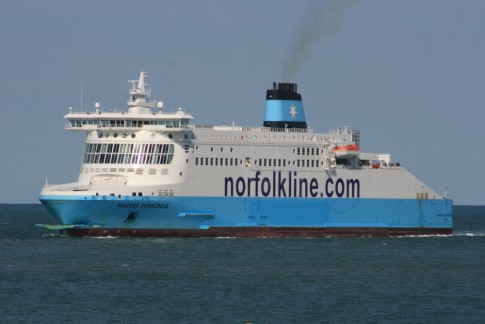
In this final part of the review of the construction of Norfolkline’s ‘D’ Class, we move upstairs inside the Maersk Dunkerque in mid-2005 as the interiors of the ship were assembled at the Samsung shipyard at Geoje in South Korea, prior to handover to her owners that September. This post covers the upper of the two main passenger decks – Deck 7 – and some of the crew areas.
To give a feel for how the ship looked as completed, the under construction images are paired with equivalent pictures from on board the ship and her two sisters in service on the English Channel.
Click here for an on board guide to the ships showing the arrangement of facilities.
Previous posts in this series can be found here:
Part 1
Part 2
Part 3
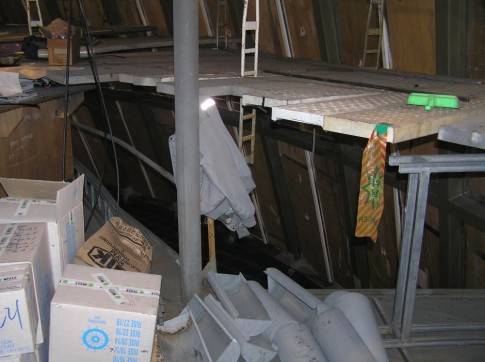







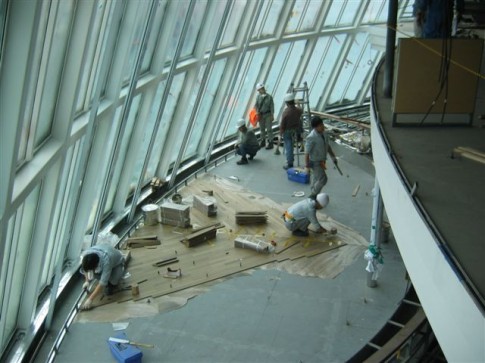



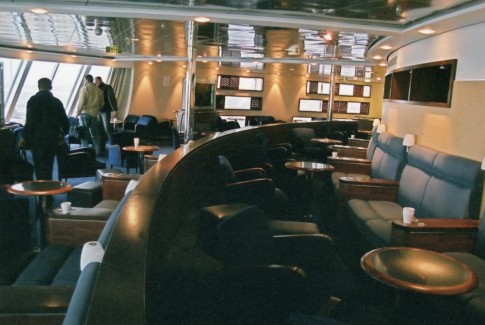

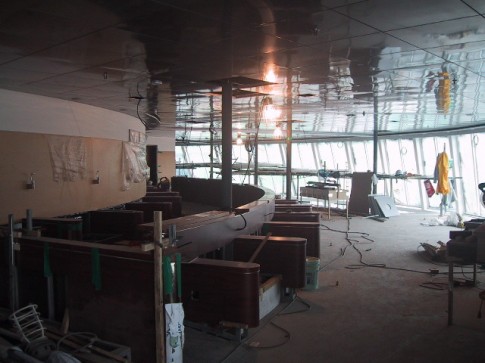
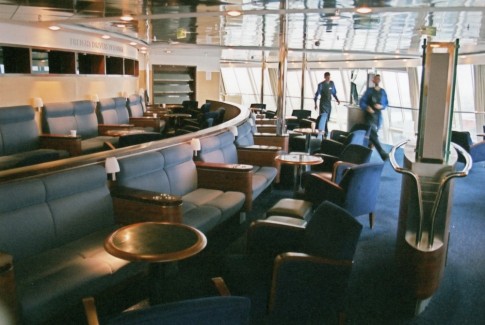





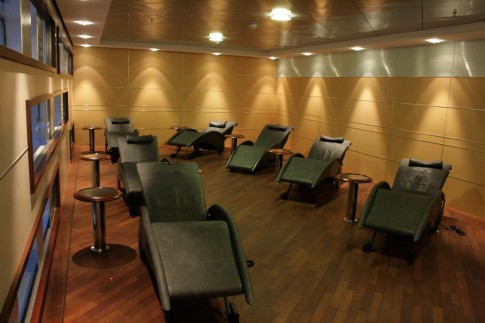

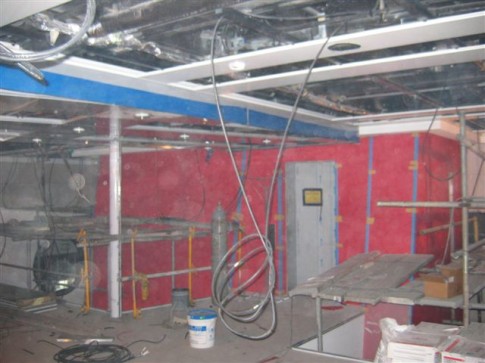





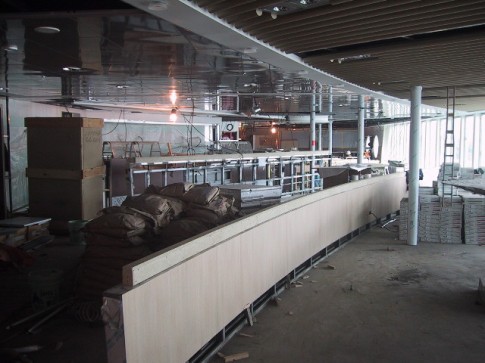
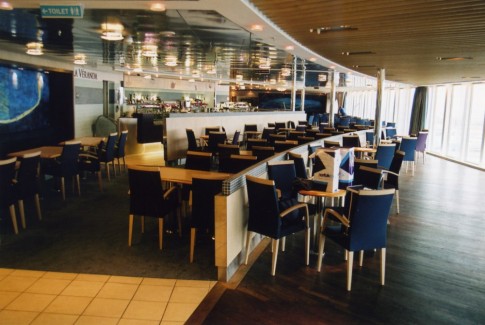

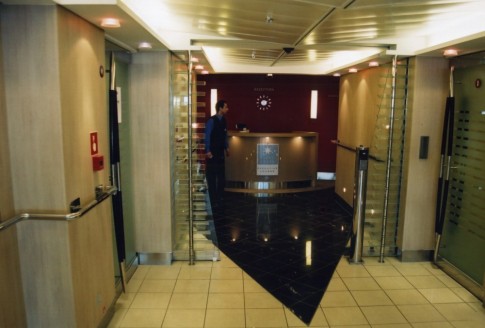
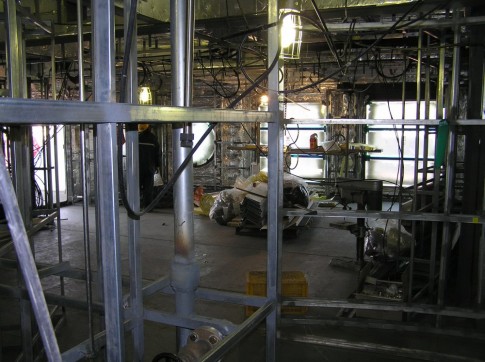



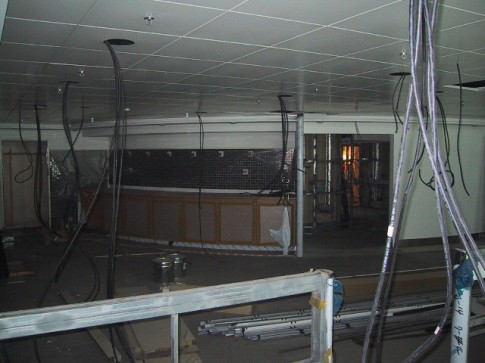

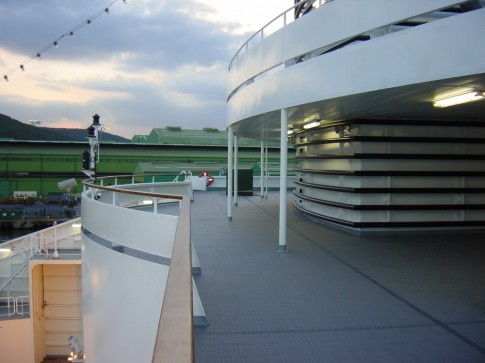
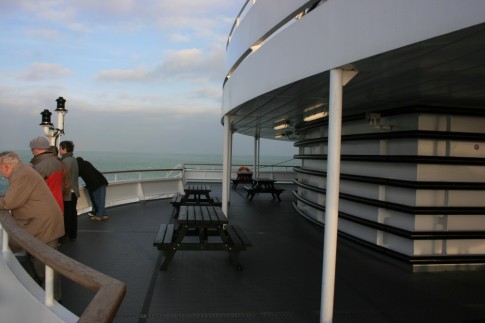

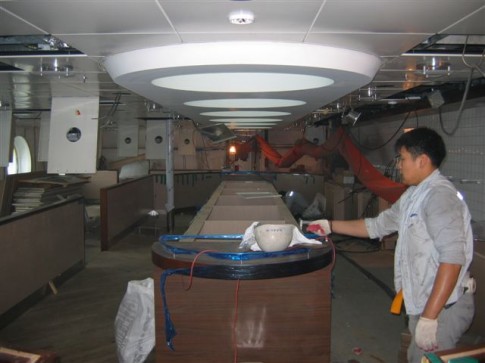



Although we have focussed on the passenger spaces in the final two posts of this series, the real success of the ‘D’ class is in their continuing inroads into the core freight market. Whereas pretenders such as LD Lines have, after much effort, achieved less than a 5% share of the England-France ferry freight market (excluding the Tunnel), Norfolkline are now second only to P&O, with approximately 20-25%. Using only three ships the freight load factors achieved are the envy of everyone else, so the next big problem facing the class just might be a lack of capacity come the economic recovery.
Having previously been owned by Maersk, and now DFDS, it seems counter-intuitive to describe Norfolkline as an insurgent operator. However, competing against long-established rivals and having commenced operations less than a decade ago, it is certainly not an unfair categorisation. Where Norfolkline as a whole, under its new owners, goes next is difficult to predict, but the ‘D’ class, at least, are likely to be around for several years yet.
With grateful thanks to Stephen Mackenzie at Norfolkline for the under construction images.

DFDS has started work on rebranding the Norfolkline D-class vessels:
http://www.ferryfrance.org.uk/rebrand-of-norfolkline-ferries/